Photo essay: A day in the life of Christine Banlog, market woman from Cameroon
Date: 29 May 2019
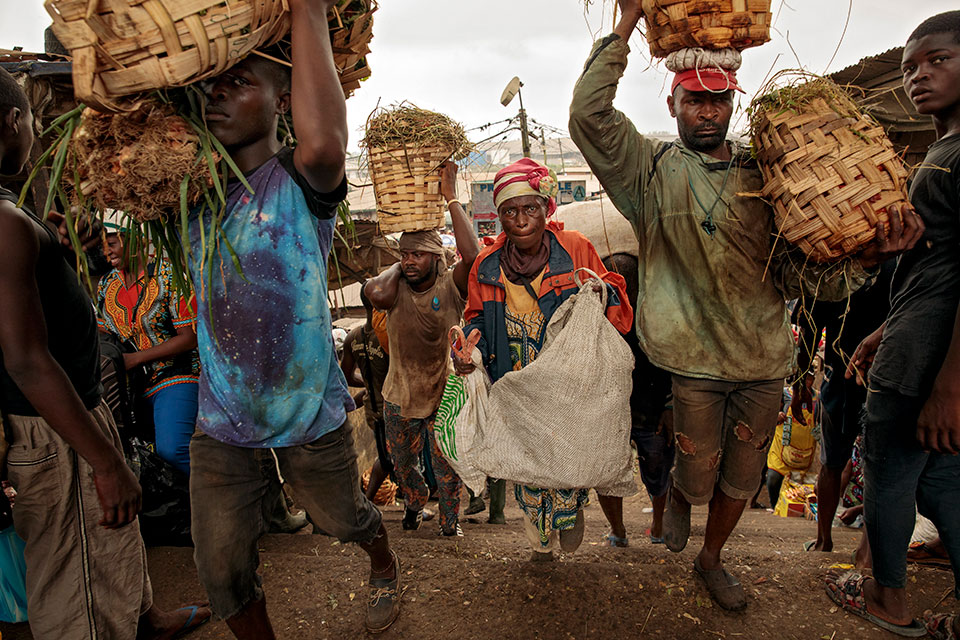
Christine Banlog has been a market woman for 22 years. She is now 64, widowed, and raising her three grandchildren in Nyalla, Cameroon.
In 2011 Christine’s daughter died from complications during childbirth, leaving her with three girls, the youngest being only a week old at the time. Today her granddaughters are 17, 12 and 7; and they motivate her to keep going.
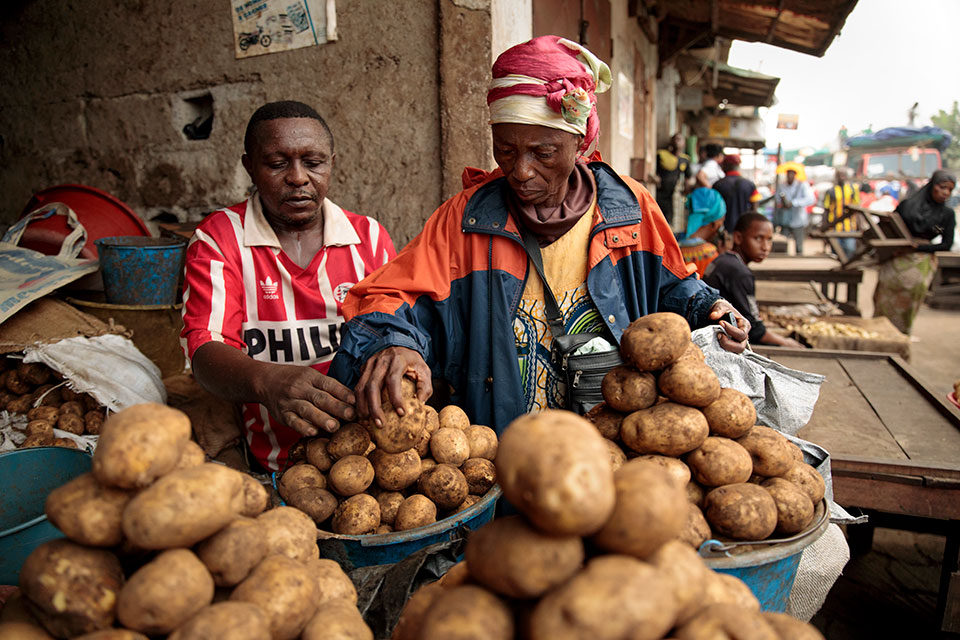
Christine’s day starts early, at 5 a.m., as the neighbourhood mosque announces its morning prayers.
Douala is the economic capital of Cameroon and known for its whole-sale and retail markets. Christine belongs to the Association Camerounaise des Bayam Selam (Association of Market Women or ASBY), a national network of women who buy goods and produce from whole-sale markets and sell them in smaller markets. Locally, the market women are called “Bayam-Selam”. Since 2014, UN Women has used its core funds to support the network and provided various training sessions for women entrepreneurs.
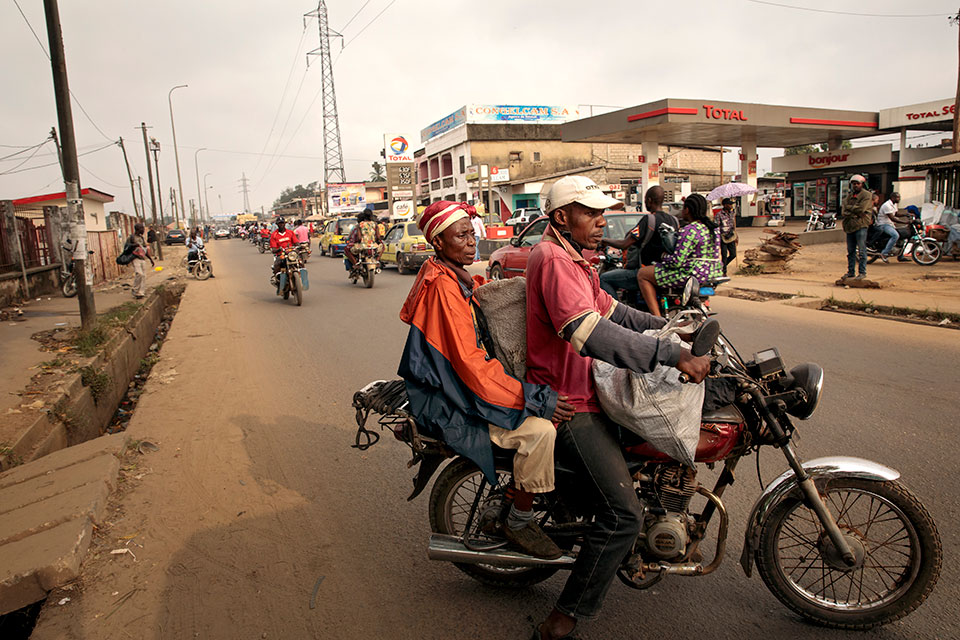
Every morning, Christine rushes to different markets to pick up produce—some specialize in potatoes, others are known for their plantains or fresh vegetables. She buys her produce and loads up the sacks on a motorbike-taxi to take them to the Nyalla market by 7 a.m., where she has a stand. The early hours are the most profitable time to sell, and the market closes by 3 p.m.
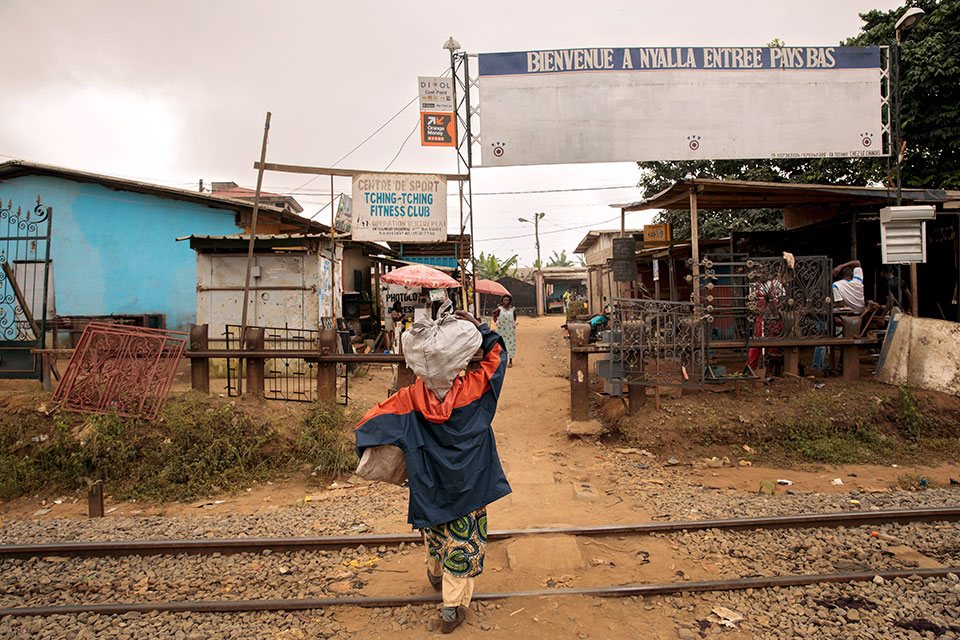
For Christine, 3 p.m. is too early to stop working; she has four mouths to feed and her oldest granddaughter is registering for the General Certificate of Education Examination (equivalent to high school diploma) this year, which will cost her 22,000 CFA franc (approximately USD 37). “I use the income to pay school fees even though it’s very difficult; money is not enough,” she says.
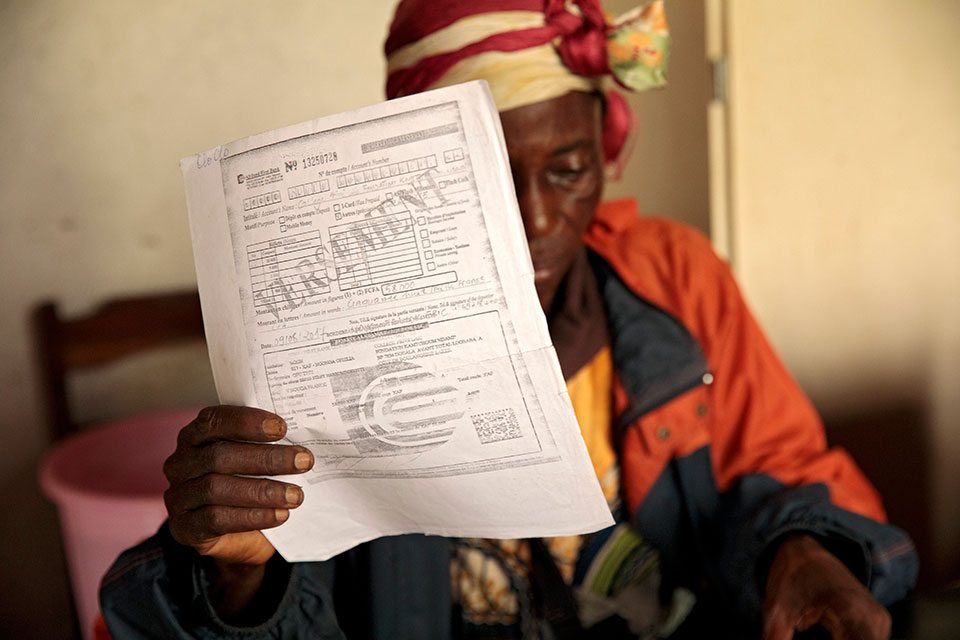
After the market closes, she sets up a small stand near her home to sell the produce that’s left.
Every month, on average, Christine makes about 30,000 CFA franc (USD 51). She started her business with a capital of 50,000 CFA franc (USD 85). However, the profit margins vary by the season. In the potato season, she could make 40-50 per cent profit sometimes.
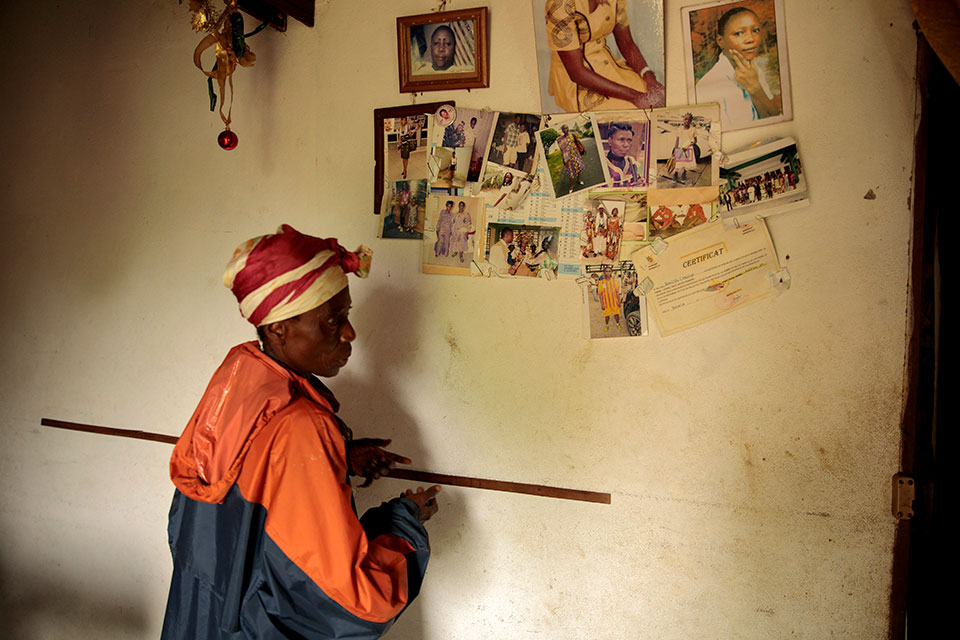
Since joining the Market Women’s Association last year, she has started growing her business. The Association has provided her with training on life skills and how to manage her finances better.
“Yes, the training has helped me improve my business skills. First, they taught us how to handle the capital, plan expenses and then calculate the profit,” she says.
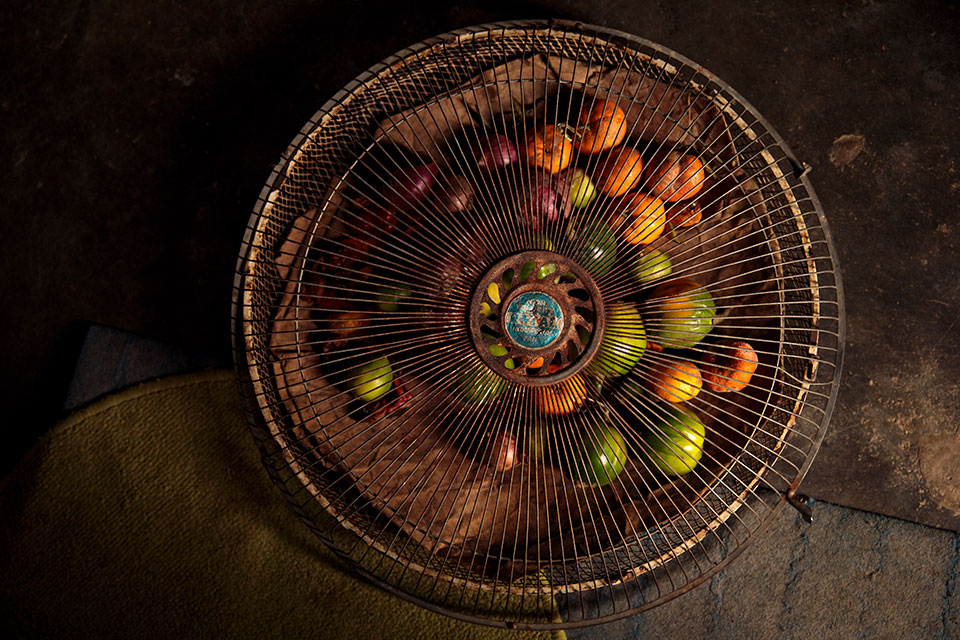
This year, money is tight. During the recent elections she was not able to keep her usual market hours. Some of the market women, like Christine, are also members of political parties who involve them in campaigning and cooking food for campaign rallies.
When asked about her biggest challenge, Christine talks about the red dirt road that leads to her home.
“The first problem is access to road,” she says. “The roads are bad, during rainy season the potholes are full of water. Because of the road, I fell from the bike and sprained my ankle in October.”
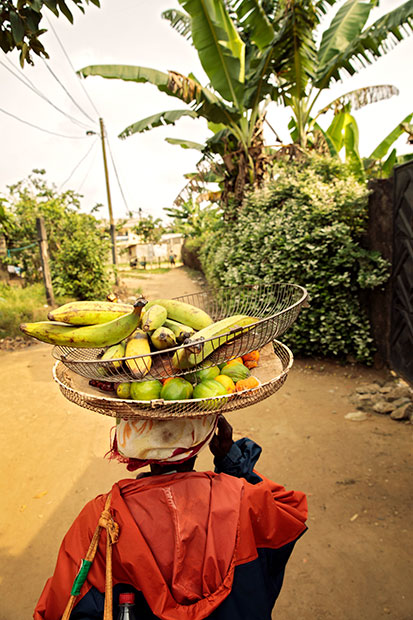
Christine doesn’t have insurance, so if she cannot make it to the market one day, she incurs losses.
Access to credit is another challenge for her. “I want to buy a container to store goods. It costs 300,000 CFA franc (USD 510) to buy a locally made container,” she shares. If she has access to credit, she can buy this container and minimize her daily transportation cost to buy and sell goods, and also the time it takes to go back and forth. With some credit, she can grow the business.
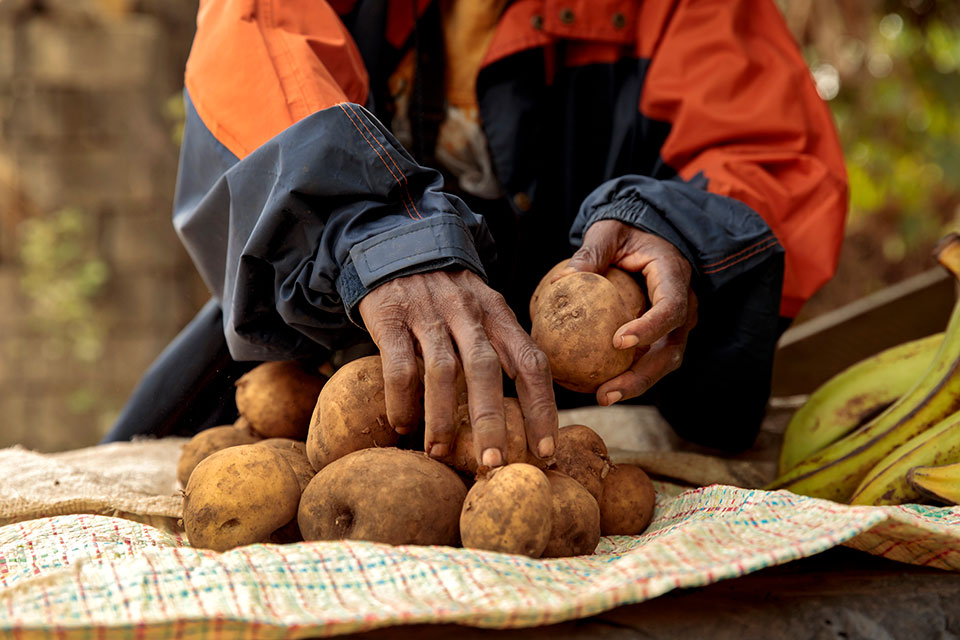
At the end of the day, Christine goes home to cook dinner.
“The market woman’s house doesn’t lack food,” she says, grinning. “Whatever’s left over, comes home and we eat that.”
Today, she will make a soup out of smoked fish and dried okro.
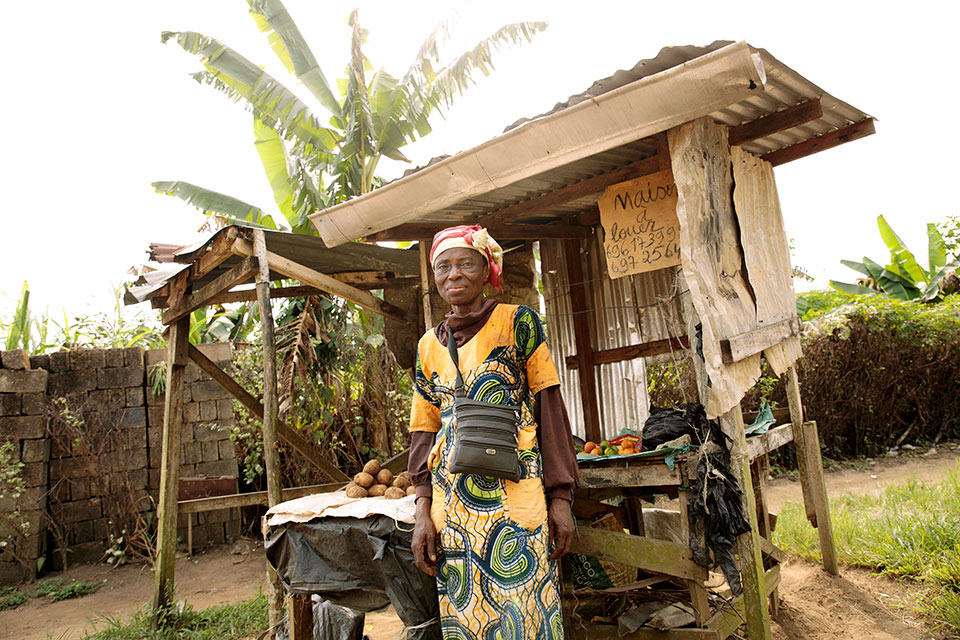
Market women like Christine Banlog are at the heart of food security in Cameroon, key actors in the supply chain of agricultural goods and produce, from the fields to the whole-sale markets to the smaller, local markets where most people buy their groceries. Christine’s story is also a reflection of the diverse and changing realities of families. Globally, economic, social and demographic changes are changing the structures of families and households. Globally, some 84.3 per cent[1] of single-parent households are led by women who are juggling paid work and care work at home, like Christine, who went from being a grandmother to the main breadwinner and the then an only parent for her grandchildren. By supporting women’s organizations like ASBY, UN Women strengthens women’s access to skills, training and small loans—critical elements for making a decent living.
Notes
[1] From UN Women’s forthcoming report, “Progress of the World’s Women 2019: Families in a Changing World”. UN Women calculations using published country-level estimates from UN DESA (United Nations Department of Economic and Social Affairs) Population Division. 2018. Database on Household Size and Composition 2018. New York: United Nations. For this analysis, data on China are based on estimates produced and published in Hu, Z. and X. Peng. 2015. “Household changes in contemporary China: an analysis based on the four recent censuses.” The Journal of Chinese Sociology 2 (9).